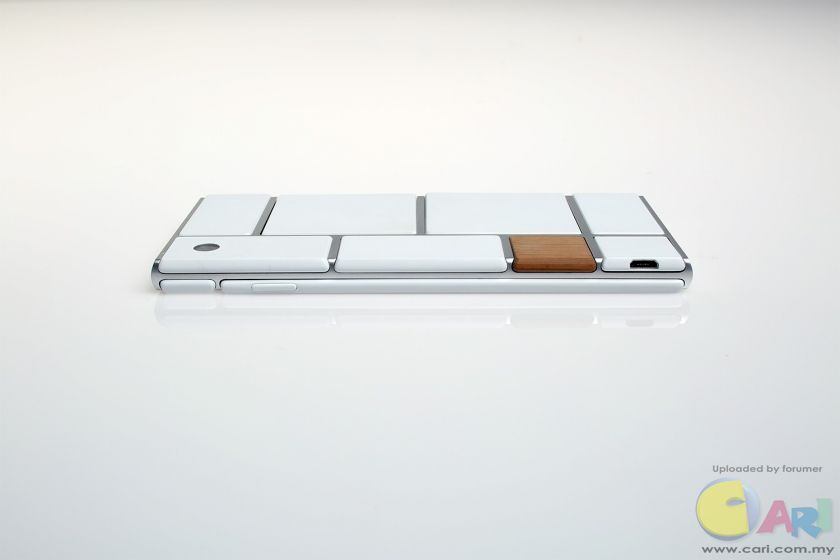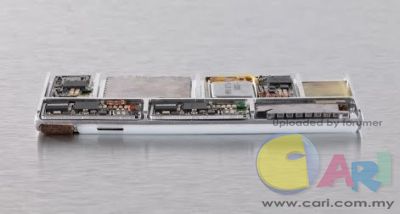 BARCELONA— Billed as a project that will lead to a device designed exclusively for 6 billion people, Project Ara’s goal is to create modular, completely customisable smartphones. At the moment, the closest consumers can get to truly customising their handsets is to use the Moto Maker online system for picking the colour or material of the backplate on a MotoX or MotoG smartphone. Or, if they have access to a 3D printer, Nokia will give them the files for Lumia handsets so that one-of-a-kind covers can be created at home. However, things could soon be set to change radically. If Project Ara succeeds. As its leader, Paul Eremenko, explains: “The smartphone is one of the most empowering and intimate objects in our lives. Yet most of us have little say in how the device is made, what it does, and how it looks. And five billion of us don’t have one. What if you could make thoughtful choices about exactly what your phone does, and use it as a creative canvas to tell your own story?”  Originally a Motorola project, but now a fully-fledged Google project, when it was first reported in October the idea seemed like one of Google’s moonshots — something that would garner a lot of attention, capture consumers’ imaginations, but then disappear without trace. However, it would seem nothing could be further from the truth. The phone is coming and it could be here within the next 12-to-24 months with an entry-level price tag of just US$50 (RM164). Yesterday, Google announced that the first in a series of Project Ara Developers Conferences would be held this April where attendees will get the initial modular development kits. The grand plan is for consumers to be able not just to create a phone from the ground up with just the hardware specifications that they want now, but then to be able to swap out pieces with new ones over months and years. So, if the initial phone has an 8-megapixel camera module but a 13-megapixel unit becomes available, only the handset’s camera is out of date, rather than the entire device. Likewise, the outer shell will be equally fluid and open to change thanks to 3D printing techniques. Project Ara smartphone owners would be able to go to dedicated kiosks and get their handsets customized inside and out on a whim or when a new function or specification was vital. Because the fact is that for the past several years, each new generation of smartphone has offered very little other than hardware specification upgrades over the device it replaced — a faster chip, more RAM, better camera and a better or bigger screen. In the US alone, it is estimated that consumers have amassed US$33.85 billion worth of old and no longer used phones that are gathering dust in their homes rather than being recycled. Project Ara would be a very elegant way of eliminating future high-tech waste. — AFP/Relaxnews
|
ADVERTISEMENT